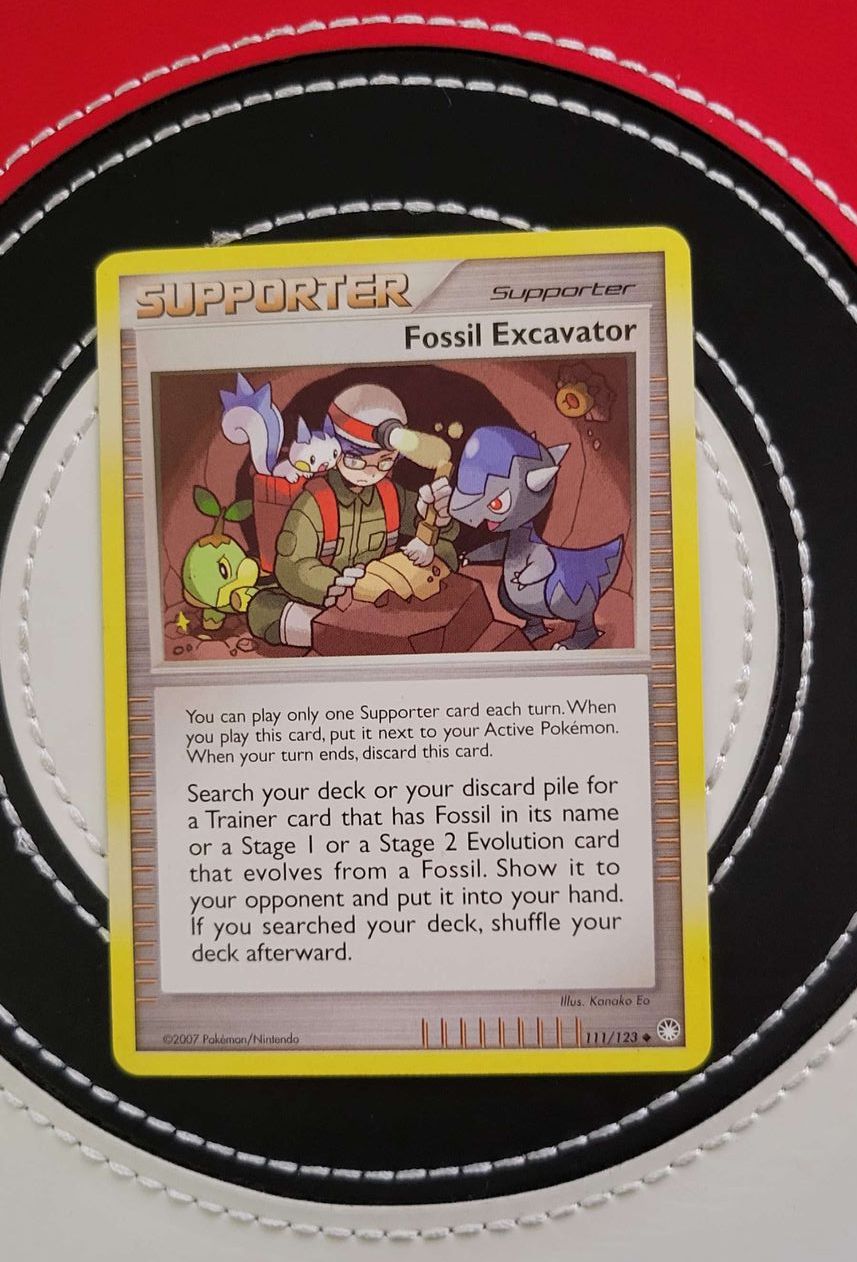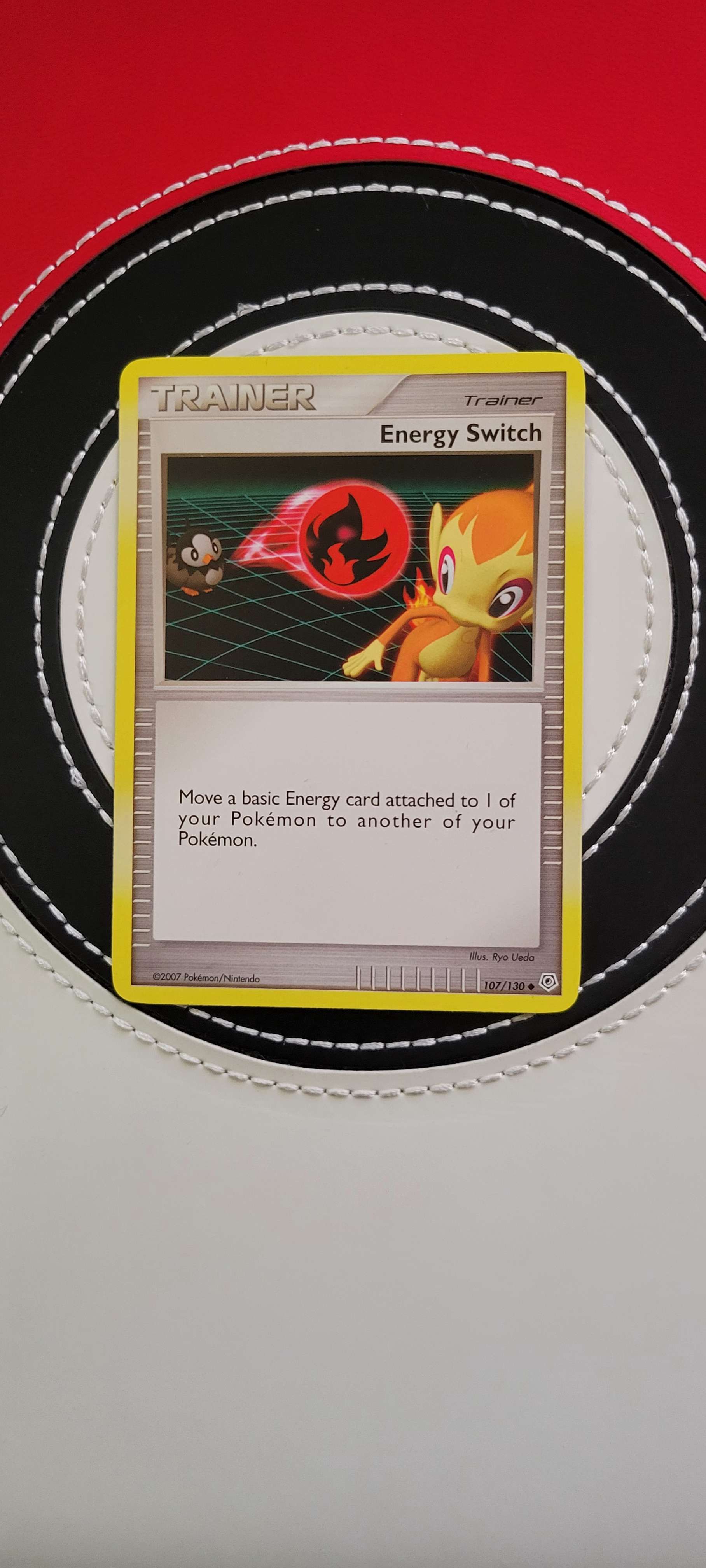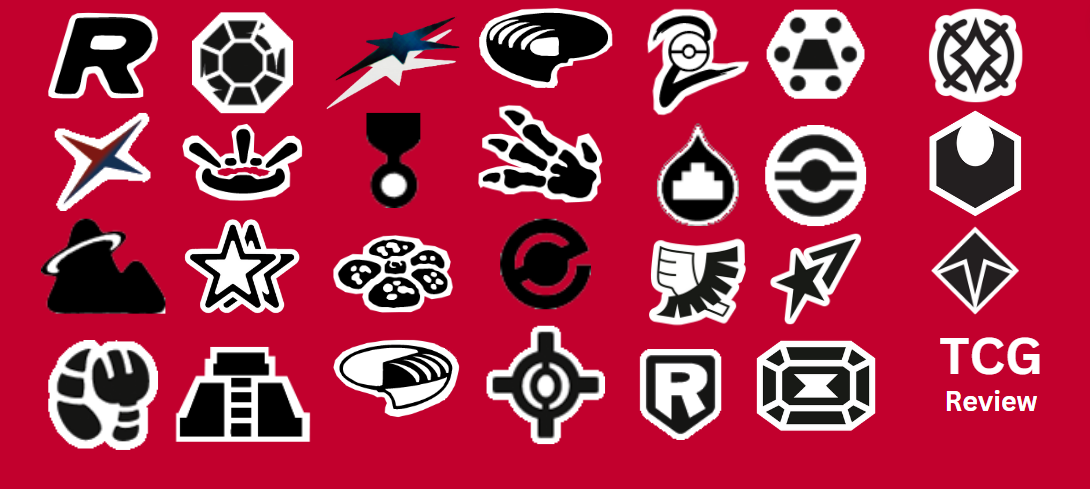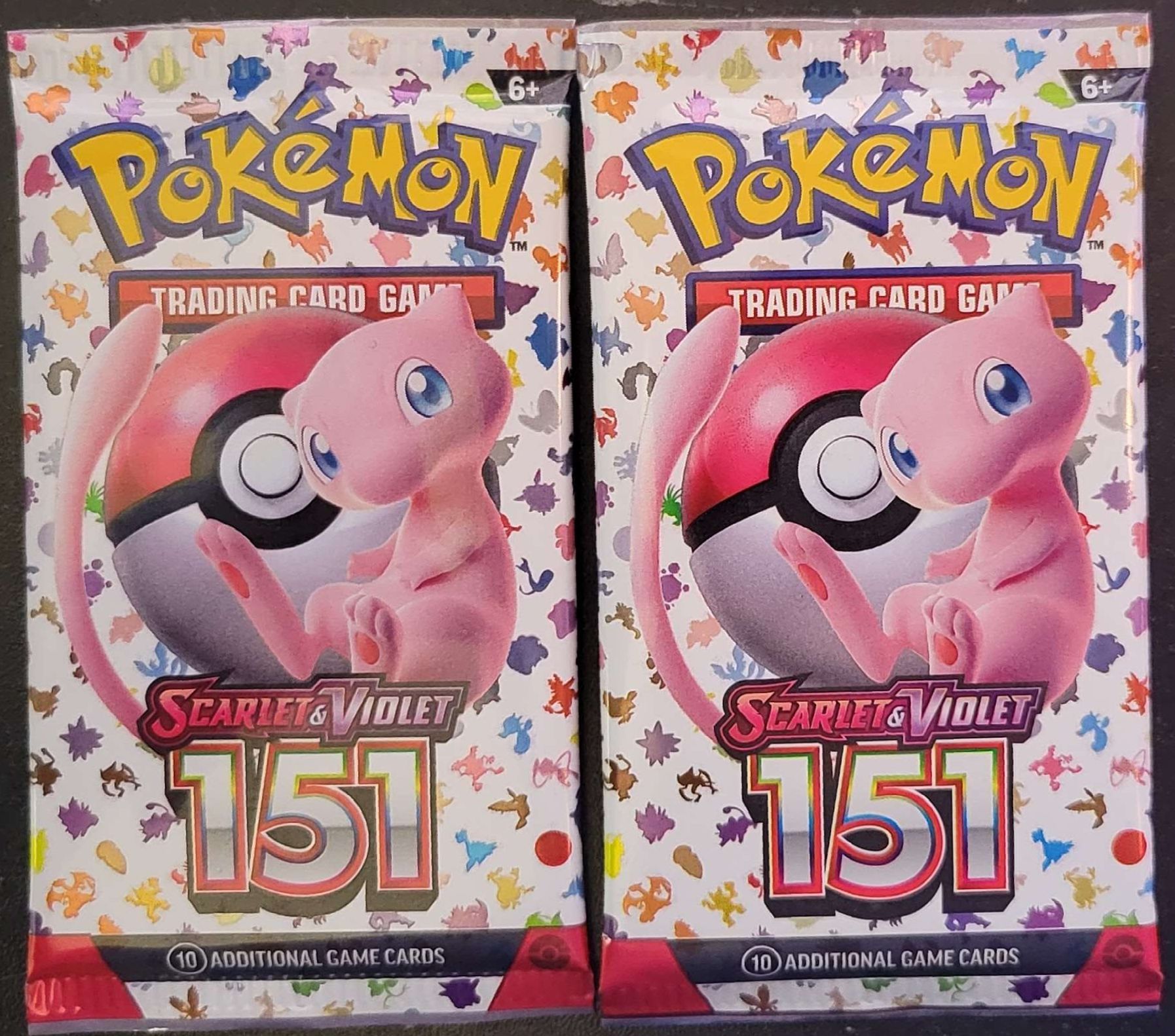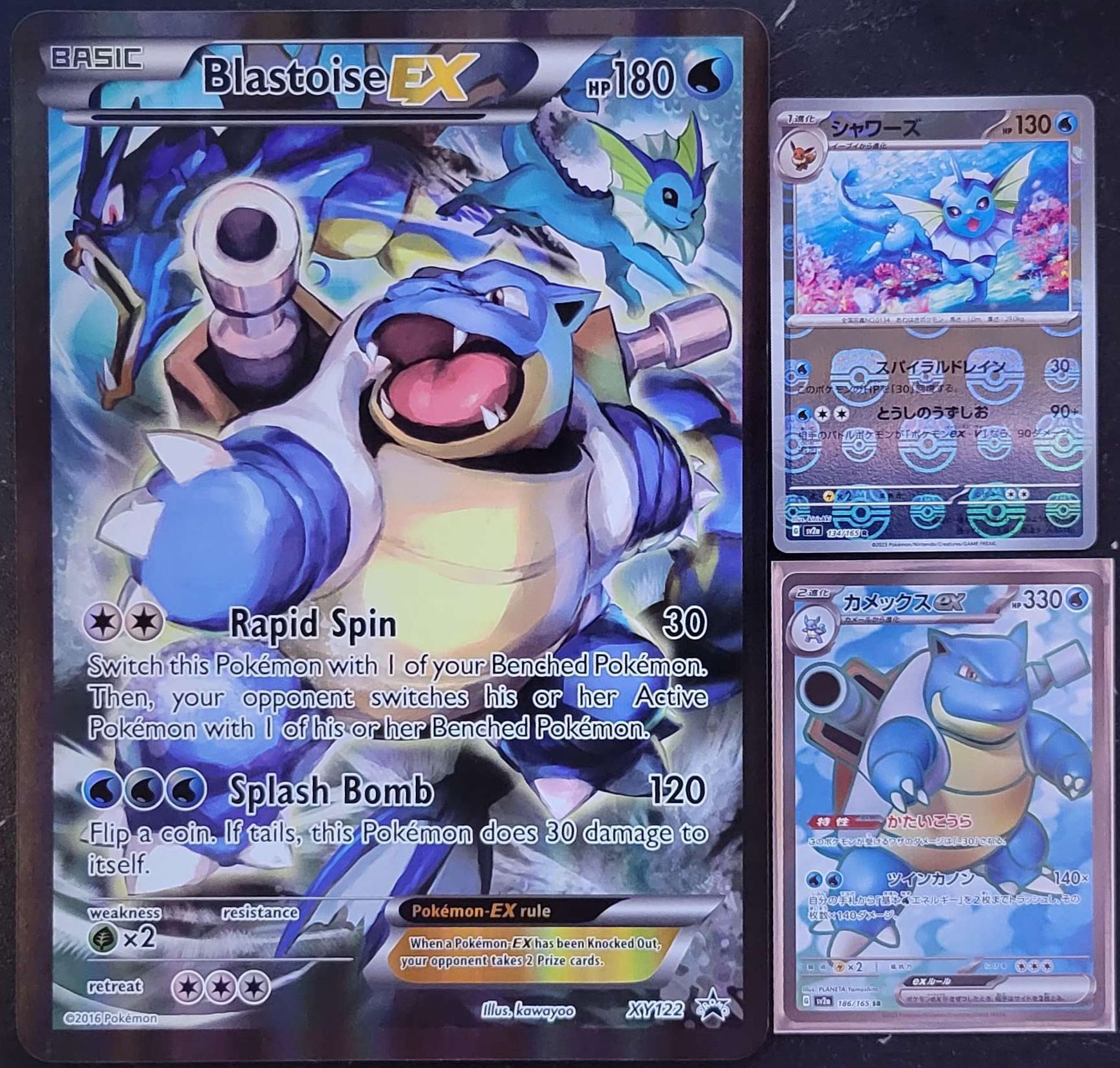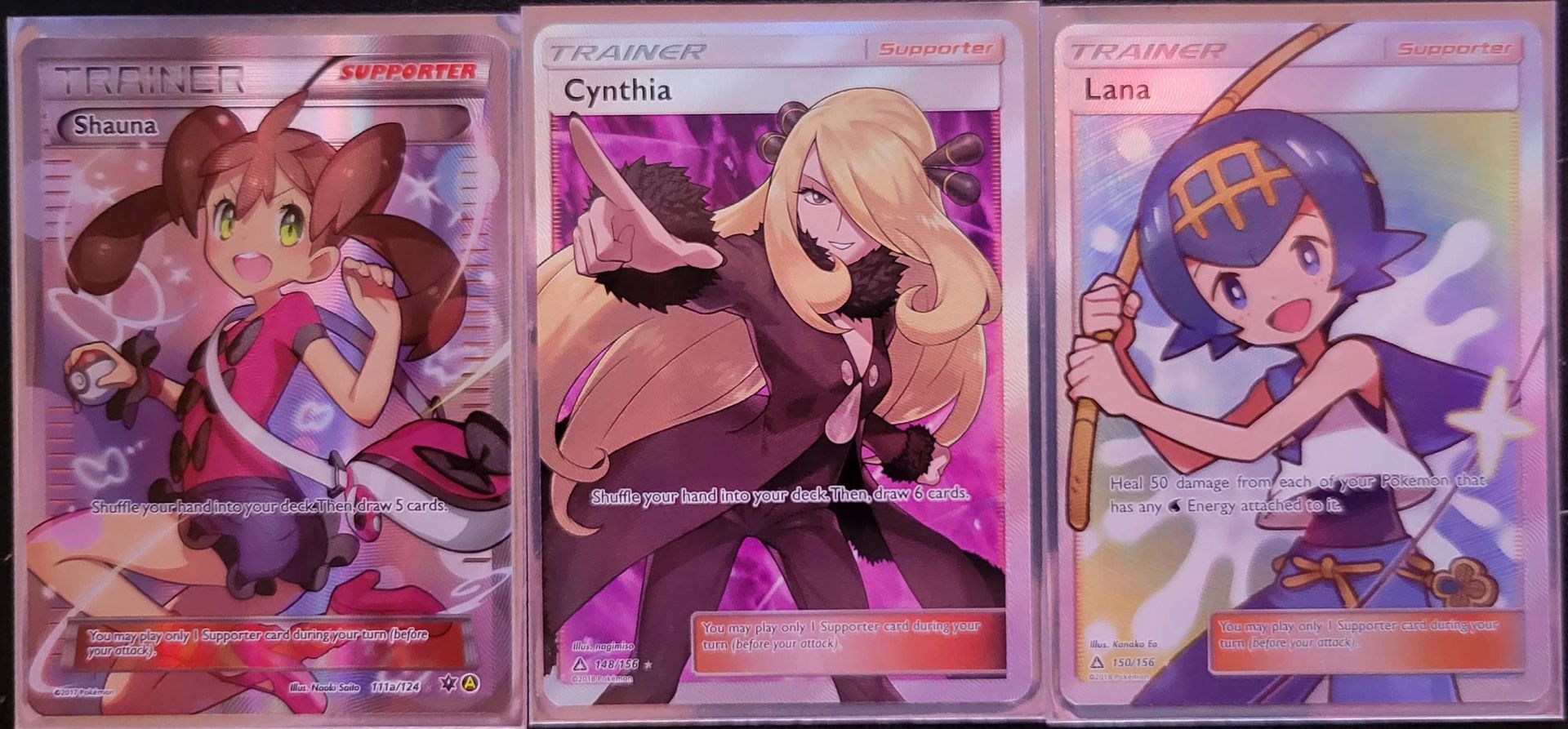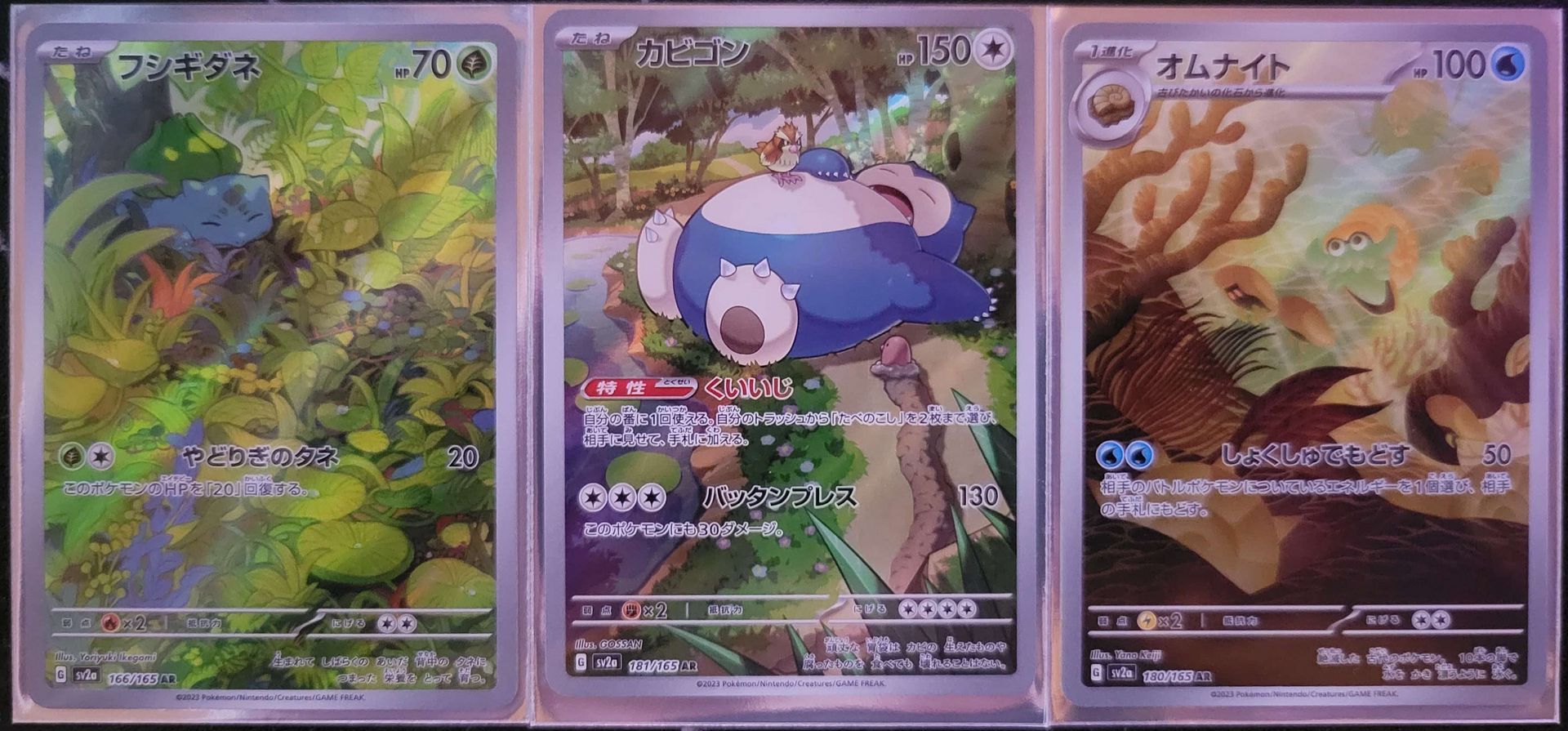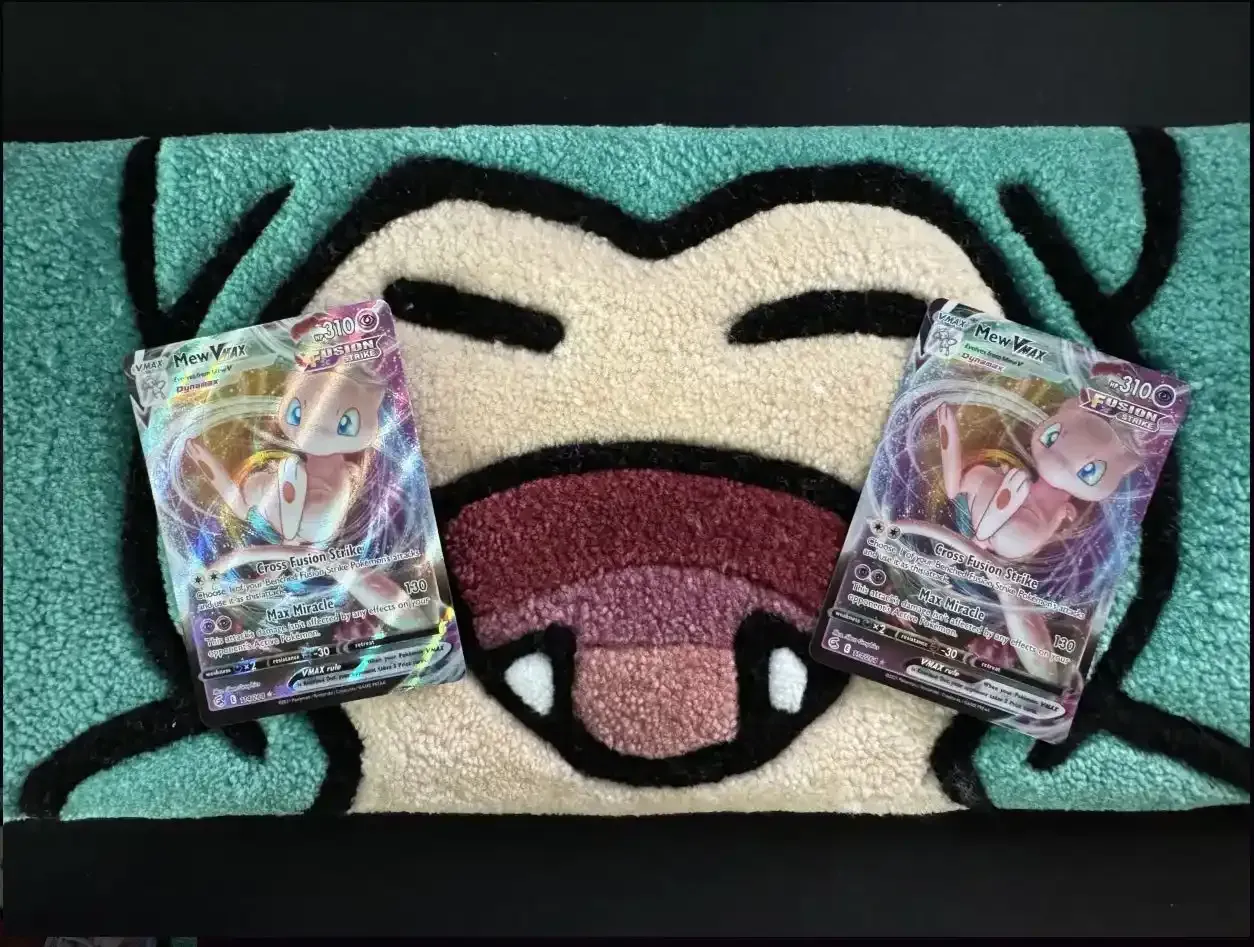Pokémon TCG: Understanding Status Conditions
So you're curious about how Pokémon status conditions work. Don't panic! We've got you covered so you can learn how to play Pokémon cards without worry! This In-depth guide dives deep into status conditions, breaking down their effects with examples and strategies for countering and curing them. Enhance your TCG skills as we navigate the fascinating world of status conditions and discover new ways to outsmart your opponents!
Pokémon TCG Status Conditions: Rules, Examples, and Status Effects
Burn Status Condition
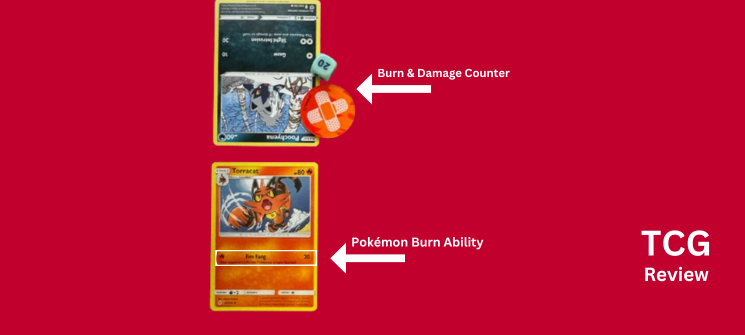
Description: A Burned Pokémon suffers damage between turns, representing the lingering effects of a scorching attack.
Cure Strategies:
- Trainer Cards: "Full Heal," "Super Potion"
- Abilities: Pokémon with abilities like "Natural Cure" automatically recover from Burn upon switching out.
- Examples: Using "Full Heal" to remove Burn from your active Pokémon allows it to continue battling without ongoing damage.
Pokémon Burn Rules
If a Pokémon is Burned, put a burn counter and two damage counters (20 damage) on your Pokémon then flip a coin. If you flip heads, then the Pokémon is burned. Burn can not be stacked you can not be burned again.
Confusion status condition
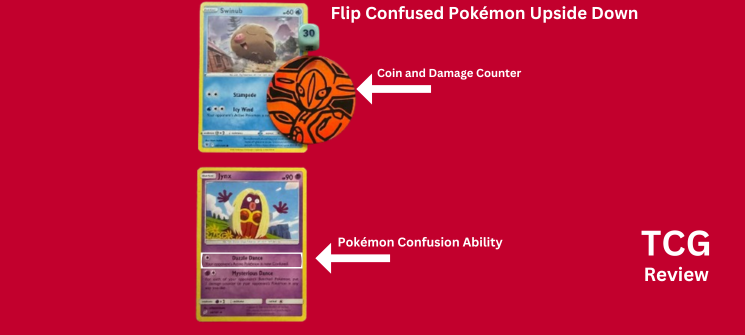
Description: Confusion represents a state where a Pokémon is disoriented, mirroring the effects of certain attacks.
Cure Strategies:
- Trainer Cards: "Clarity," "Revitalizing Potion"
- Abilities: Certain Pokémon may have abilities like "Clear Mind," automatically ending their confusion at the end of their turn.
- Examples: Using the "Clarity" card on your confused Pokémon immediately clears its confusion, allowing it to act normally in the next turn.
Pokémon Confusion Rules
Before attacking flip a coin, If the coin lands on heads the attack goes off normally, if tails the attack does not work and put three damage counters ( 30 damage) on your Confused Pokémon.
Paralysis status condition

Description: Paralysis impedes a Pokémon's ability to attack, symbolizing the temporary loss of motor function.
Cure Strategies:
- Trainer Cards: "Full Heal," "Revive"
- Abilities: Pokémon with abilities like "Limber" are immune to paralysis.
- Examples: Utilizing a "Full Heal" on a paralyzed Pokémon allows it to act freely in subsequent turns.
Pokémon Paralyzed Rules
Flip a coin if heads, your opponent's active Pokémon is now paralyzed. If your Pokémon is Paralyzed, it can't attack or retreat by paying its retreat cost. The paralyzed condition is removed between turns if your Pokémon was paralyzed since the beginning of your last turn. No damage counters are applied with the paralyzed effect.
Poison status condition
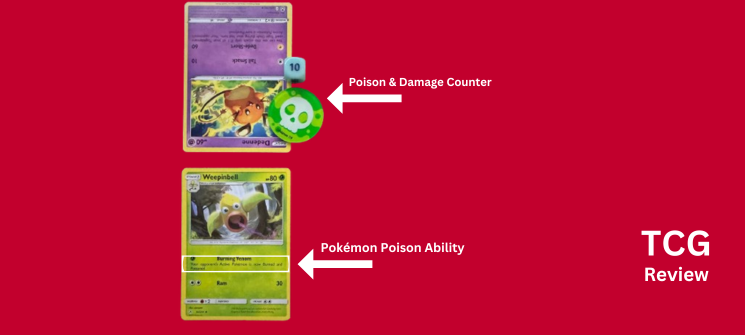
Description: Poison inflicts damage over time, mirroring the effects of a toxic attack.
Cure Strategies:
- Trainer Cards: "Antidote," "Full Restore"
- Abilities: Pokémon with "Poison Heal" naturally recover health instead of taking damage from regular Poison.
- Examples: Administering "Antidote" to a Poisoned Pokémon mitigates the damage and ensures its sustained participation in the battle.
Pokémon Poison Rules
If your Pokémon is Poisoned, place a poison counter on it and one damage counter on it (10 damage). Similar to burn your poisoned Pokémon can not be poisoned twice. Poison does not stack.
Sleep status condition
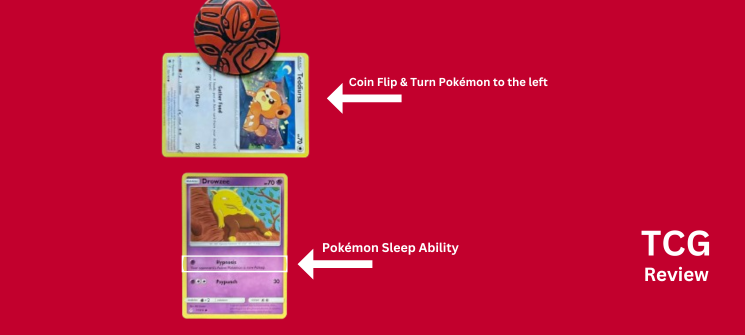
Description: Sleep renders a Pokémon temporarily inactive, representing a period of rest and recovery.
Cure Strategies:
- Trainer Cards: "Awakening," "Switch"
- Abilities: Pokémon with "Insomnia" or "Vital Spirit" are immune to sleep.
- Examples: Using "Switch" to swap out your sleeping Pokémon for a fresh one can be a strategic way to avoid losing turns.
Pokémon Sleep Rules
If your Pokémon is Asleep, it can't attack or retreat back to the bench by paying its retreat cost. End of turn flip a coin if heads, the Pokémon wakes up. If tails it stays Asleep. Similar to paralyzed Asleep Pokémon take no additional damage counters for being Asleep.
Healing Special Conditions
Although we went over some cure strategies earlier. Here are the main ways to heal Pokémon status conditions in the Pokémon Trading Card Game, taking into account the various Pokémon card types:
Trainer Cards:
Many Trainer cards are specifically designed to cure or remove status conditions. Look for cards with effects like "Full Heal" or "Awakening."
Pokémon Abilities:
Some Pokémon have abilities that allow them to cure themselves or other Pokémon of certain status conditions. Check the text on the Pokémon card for any relevant abilities.
Evolution:
Evolving a Pokémon often removes status conditions. When you evolve a Pokémon, it becomes a new card with a clean slate, and any existing status conditions are usually removed.
Retreat and Re-Entry:
If a Pokémon retreats or is switched out and then re-enters the active position, it is often cured of status conditions. Check the specific effects of the retreat cost and switching Pokémon in play.
Coin Flips:
Some Trainer cards or Pokémon abilities may involve coin flips to determine whether a Pokémon is cured of a particular status condition.
Specific Card Effects:
Certain Pokémon cards or Trainer cards have unique effects that explicitly state they can remove specific status conditions. Always read the text on the card to understand its full effect.
Special Conditions-Removing Moves:
Some Pokémon have attacks or moves that explicitly state they remove specific status conditions. Check the text on the Pokémon card for details on any moves that may have this effect.
Always check the wording on the cards involved, as effects can vary. Understanding how to cure status conditions is crucial for developing effective strategies in the Pokémon TCG.
Frequently Asked Questions
Article Topics:
About the author: Kamryn Kirwan
Card collector, gamer, Pokémon enthusiast

Kamryn Kirwan is a passionate writer for TCG Review who loves gaming and collecting cards. He enjoys sharing his knowledge and expertise with the gaming community, and if you're looking to read something that's more than just generic tips, he's got your back.



